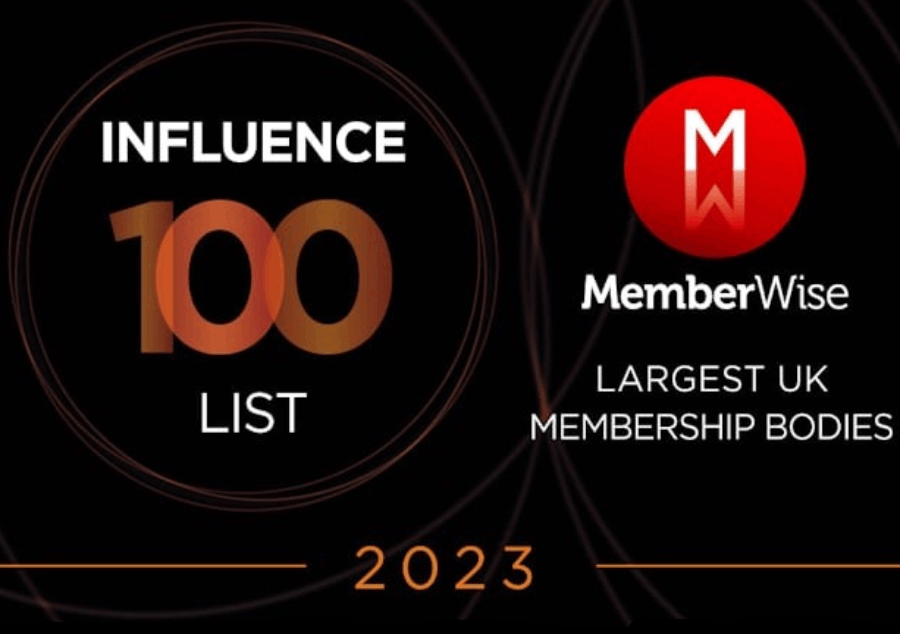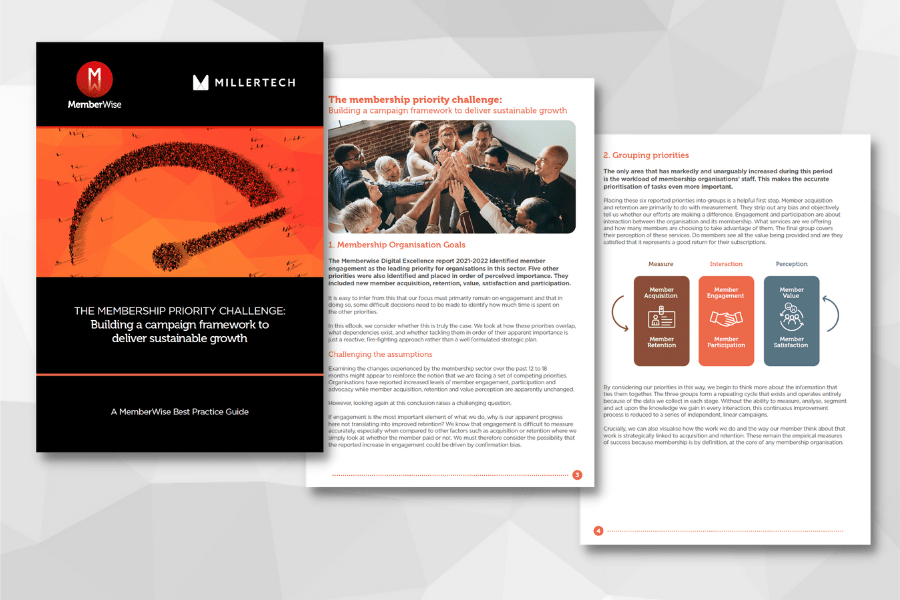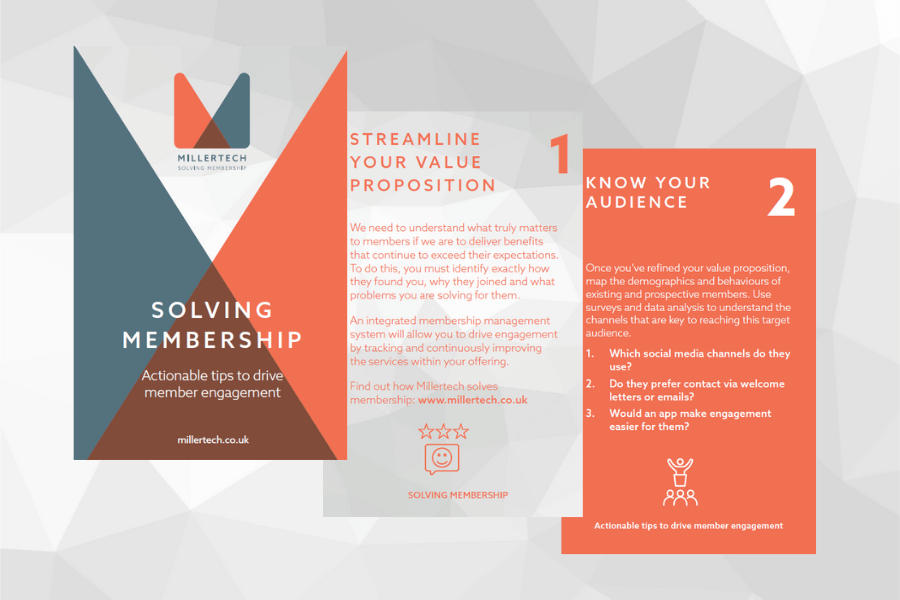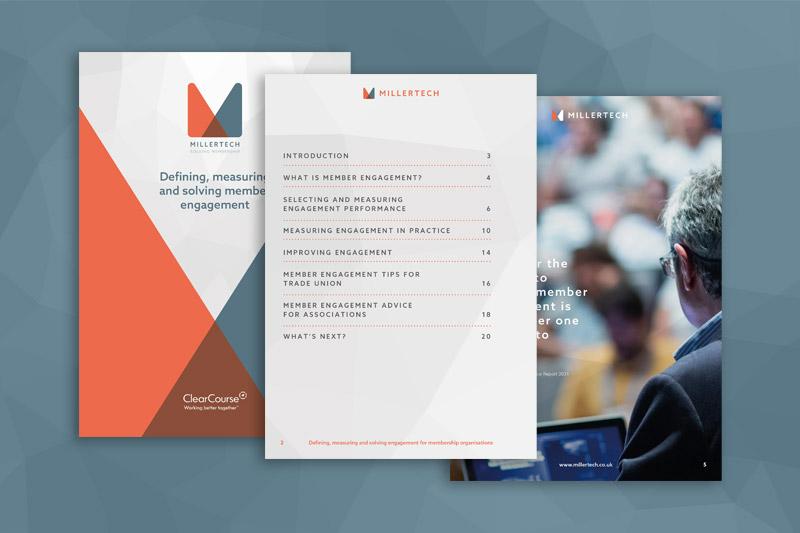Having a good understanding of member engagement is one thing but finding an effective way to measure it is just as important.
The best way to achieve this is to plant flags in specific areas of activity and monitor the way that they change as new strategies, products and services are launched.
These flags are known as Key Performance Indicators or KPIs. They provide quantitative metrics that in this context, can indicate the health of an organisation’s engagement in three ways:
- They migrate the thinking to more quantifiable areas
- They provide metrics to sanity check performance and allow for course-correction
- They facilitate healthy target setting
Crafting your KPIs
There are for levels to the structure of an effective KPI strategy. Firstly, an organisation must define its strategic goal as a high-level, long-term, organisational aim or aspiration. From this it generates a strategic objective which is a specific, shorter-term aim that can be more effectively measured. The KPI comes next as the measurable indicators that define the expected result before finally, they must define which specific metrics needed to quantify the smaller steps and outcomes.
For example:
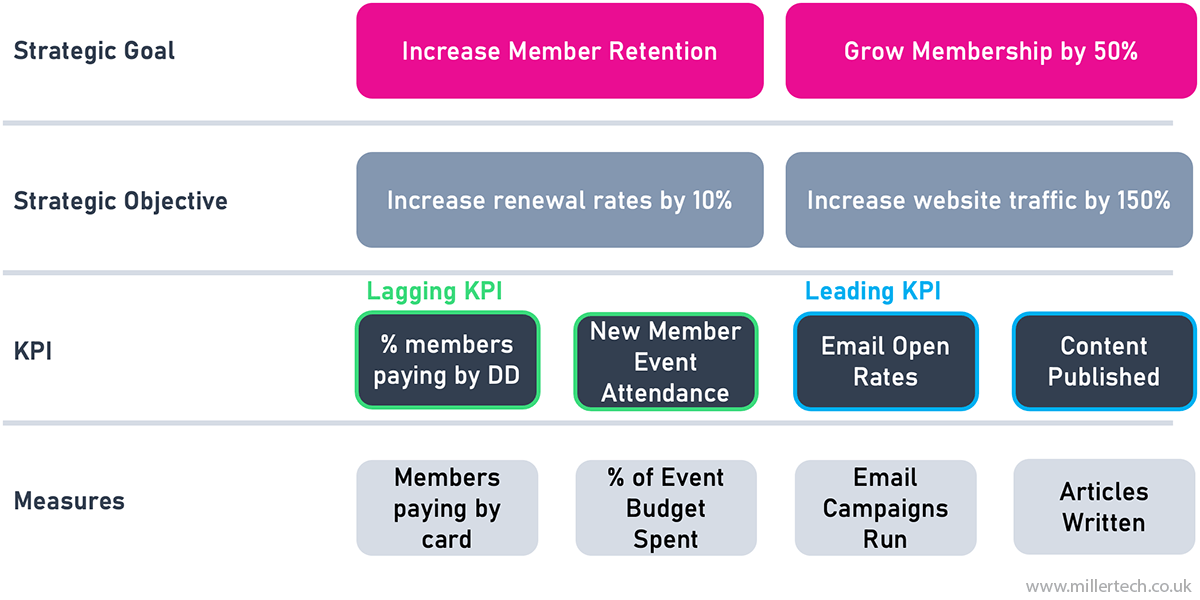
Tips for effective KPIs
Selecting the right data points to use as KPIs is essential if they’re to prove effective. The adage of “that which is measured, is managed” can certainly apply here. There are four things to keep in mind when undertaking this task.
Organisations should focus primarily on what moves the needle, considering the opportunity that each KPI has to impact the strategic objective. They must also pay special attention to the areas in which the organisation and its members interact. There is little point for example, in tracking Twitter engagements if members never use it.
Each KPI needs to be as simple as possible and its purpose should be clearly communicated within the organisation. It is important that internal teams understand the aim is to quantify member value rather than benchmark their performance. Finally, the approach works far better if each KPI includes some type of feedback mechanism that can help to inform future decisions.
Within Millertech’s work, there are many illustrations of this process. Examining an objective centred on new member event sign-ups for example, the following eight KPIs might be selected to provide an effective base for measurement:
- Event Signs Up (Email)
- Events Posted (CRM & Website)
- Event Promotional Emails Sent (Email)
- Member Telephone Calls (CRM)
- Website Click-throughs to Events page (Website)
- Social Media Posts (Social)
- Social Media Post Likes (Social)
- In-person Bookings (CRM & Events)
If you require help or would like to try our CRM system then please contact us.






